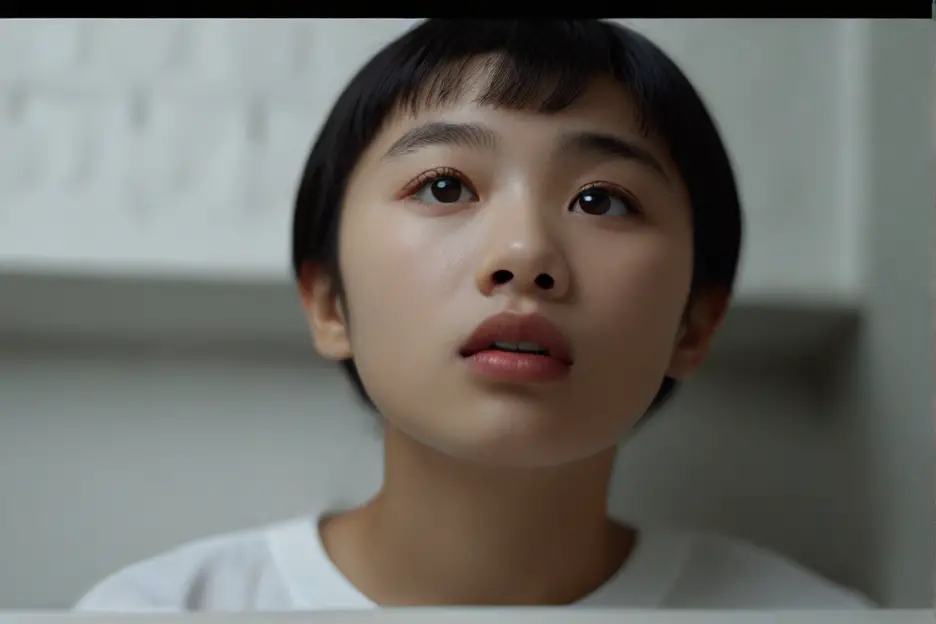
Visual memory is a vital component of our cognitive abilities, allowing us to recall and recognize visual information with ease.
However, for many of us, visual memory can be a challenge.
In this article, we will explore techniques to improve visual memory, from active observation to visualization and daily habits for long-term improvement.
By incorporating these strategies into your daily routine, you can significantly enhance your ability to recall visual information and improve your overall cognitive function.
Techniques to Boost Visual Memory
Improving visual memory is like upgrading your brain’s camera – you want sharper focus and clearer pictures.
Here are some techniques to help you boost your visual memory:
- Read also: How to Recover Repressed Memories – 4 Tips You Need to Do
- Read also: How long Does Sensory Memory Last? Complete Overview
Active observation
Active observation is like becoming a detective for a moment.
Instead of just quickly looking at things, you take your time to really notice all the details.
Think about how things feel, what colors they are, and what shapes they have.
Ask yourself questions like:
- “What do people use this thing for?”
- “How is it different from other things?”
And don’t just stop there – imagine all the different ways that thing could be used or where it might belong.
It’s like giving your brain a good workout at the visual gym!
Memory games and exercises
Memory games and exercises are like gym workouts for your brain.
They’re not just for fun; they’re serious tools to make your brain stronger!
Take matching pairs, for instance. It’s like a treasure hunt where you find two matching cards.
Each time you find a pair, your brain gets a little stronger.
And then there’s memorizing sequences – it’s like following a recipe step by step.
The more you do it, the better you get at remembering the order of things.
The power of visualization
When you’re visualizing, think of it like making your own personal movie in your head.
But here’s the cool part – make those pictures really stand out! Use bright colors to make them super clear.
And don’t forget to connect what you’re seeing in your mind with stuff you already know.
It’s like building bridges between memories, so you can find them easily later on.
Just like how you remember your friend’s face, you can remember other stuff too by making them stand out and connecting them to what you already know.

Daily Habits for Long-Term Improvement
Improving your memory and attention to detail isn’t just about cramming facts into your brain; it’s about building habits that stick around for the long haul.
Let’s break down some daily habits that can help you sharpen your memory:
Pay attention to detail
Paying attention to the small stuff is like giving your brain a workout.
When you focus on the details, you’re training your brain to remember things better.
Here’s how you can do it:
- Remembering people’s features: Instead of just glancing at someone’s face, take a moment to really look at their eyes, nose, and other unique features.
- Grocery lists: By paying attention to the details of the items on your grocery list – like picturing the ripe red tomatoes or imagining the smell of freshly baked bread – you can make sure you don’t leave empty-handed.
Create visual associations
Our brains love visuals – they’re like sticky notes that help us remember stuff.
So, if you want to remember something new, try linking it to something you already know. Here’s how:
- Remembering names with faces: Next time you meet someone new, try associating their name with a visual cue!
- Creating mental images: When you’re trying to remember something, like the steps of a recipe or the order of a presentation, try turning it into a mental movie.
Practice makes perfect
Improving your memory is a bit like building muscle – the more you use it, the stronger it gets.
So, make memory exercises a part of your daily routine. Here’s how:
- Memorizing grocery lists: Instead of relying on your phone or a written list, challenge yourself to memorize your grocery list before you head to the store.
- Observing details during commutes: Take a few minutes to really look around – notice the color of the leaves on the trees, the shape of the clouds in the sky, etc.

Techniques for Specific Situations
Remembering faces
When it comes to remembering faces, it’s all about paying attention to the little details.
Here are some techniques to make it easier:
- Focus on distinctive features: Think about what makes each person’s face unique. By focusing on these distinctive features, you give your brain something specific to latch onto.
- Associate names with appearances: Creating these associations can make it easier to recall names when you see those faces again.
Recalling directions
Getting from point A to point B can sometimes feel like solving a puzzle, especially if you’re not great with directions.
Here are some visualization techniques to help you find your way:
- Visualize the route: Visualizing the route can help cement it in your memory, making it easier to recall when you need it.
- Create landmarks in your mind: When you’re trying to remember directions, think about specific landmarks along the route – maybe a big red building, a distinctive tree, or even a quirky street sign.

- Read also: Brain Memory Issues – How To Deal With Your Brain Memory Issues
- Read also: Neuroscientists Explain How And Where Stores Memory In Brain
Conclusion
Improving visual memory requires practice and patience, but with the right techniques, it can become easier.
By incorporating active observation, memory games, and visualization into your daily routine, you can significantly enhance your ability to recall visual information.
Remember to focus on details, create visual associations, and practice consistently for long-term improvement.
With these techniques, you can unlock the power of your visual memory and improve your overall cognitive function.
FAQs
To improve face recognition, focus on distinctive facial features and associate names with appearances.
Memory games that can help improve visual memory include matching pairs and memorizing sequences.
The most significant benefit of improving visual memory is enhanced cognitive function, which can improve overall mental performance and daily life.
Yes, improving visual memory can have a positive impact on other cognitive functions, such as attention and working memory.
Track your progress by keeping a memory journal or using apps that track memory performance.


